- Joined
- Nov 26, 2005
- Messages
- 5,229
- Reaction score
- 10,917
Hi Tumbler,
I am assuming your gun is actually like the Manton pistols. Pictures would help to make sure. The lock bolt is the screw that goes through the stock horizontally behind the breech and threads into the lock plate. If your gun is really like the Mantons, you will have 1 lock bolt. It is possible that you have another for the front of the lock but those Mantons have just 1 bolt and they also have a hook or lug under the front of the lock plate that attaches to a screw head located within the lock mortice. That lug replaces the older design of having a second lock bolt in the front. Flintlocks typically had 2 bolts or one bolt and the hook so that the lock plate was positioned tightly against the barrel with no gaps. Gaps could allow powder flash to burn the wood under the lock so the plate had to fit tight against the barrel. The standing breech is part of the hook and tang style brech. It is the part that remains in the stock and receives the hook on the end of the barrel. Below are photos of standing breeches and hooks.
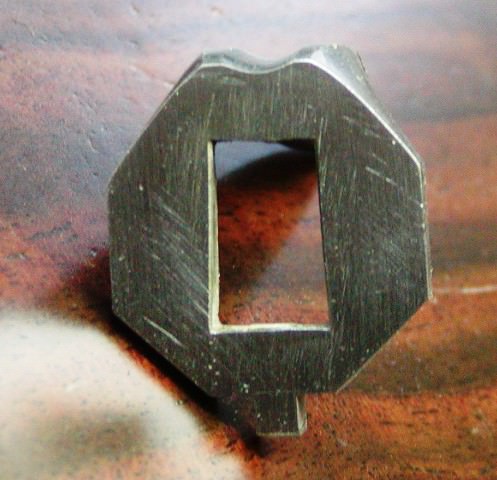
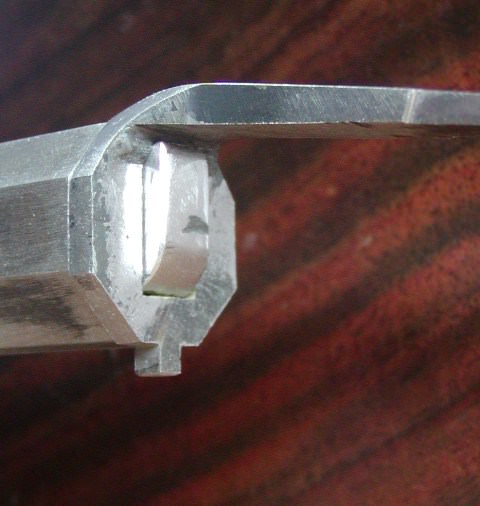
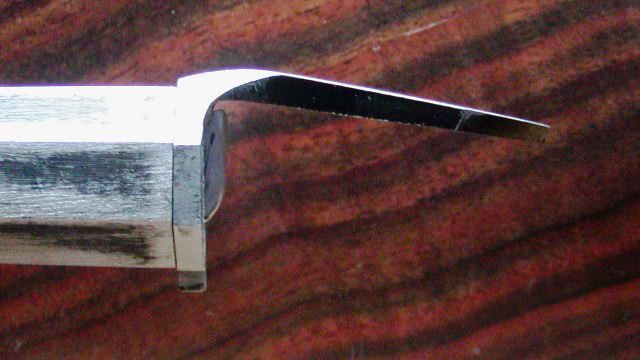
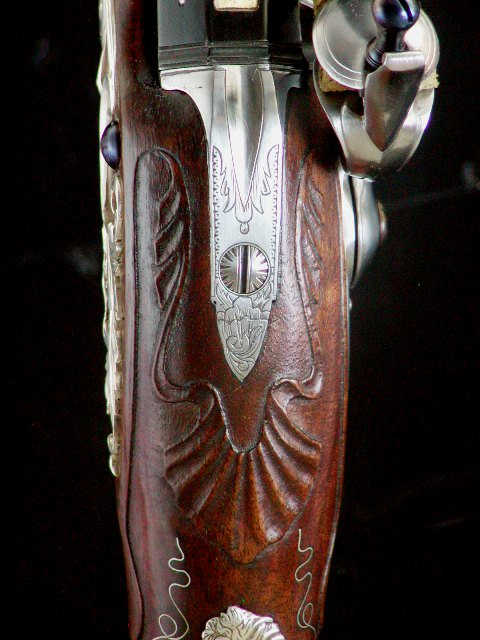
The standing breech pictured has a hump and sighting groove common during the 1740-1770s. The Mantons pistols are from the early 19th century and the breeches would be flat on top like the pistol below:
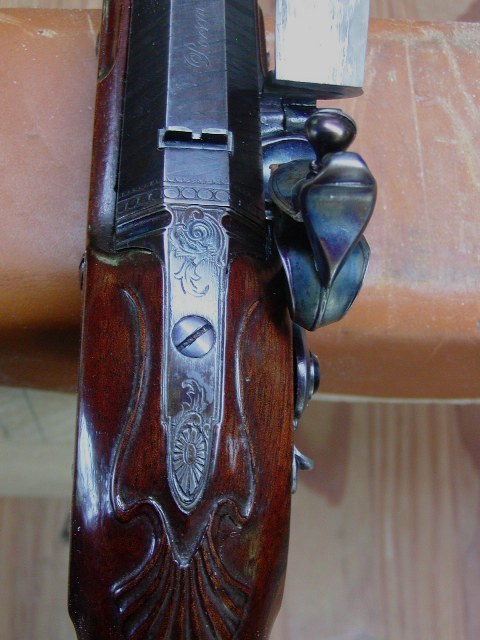
dave
I am assuming your gun is actually like the Manton pistols. Pictures would help to make sure. The lock bolt is the screw that goes through the stock horizontally behind the breech and threads into the lock plate. If your gun is really like the Mantons, you will have 1 lock bolt. It is possible that you have another for the front of the lock but those Mantons have just 1 bolt and they also have a hook or lug under the front of the lock plate that attaches to a screw head located within the lock mortice. That lug replaces the older design of having a second lock bolt in the front. Flintlocks typically had 2 bolts or one bolt and the hook so that the lock plate was positioned tightly against the barrel with no gaps. Gaps could allow powder flash to burn the wood under the lock so the plate had to fit tight against the barrel. The standing breech is part of the hook and tang style brech. It is the part that remains in the stock and receives the hook on the end of the barrel. Below are photos of standing breeches and hooks.




The standing breech pictured has a hump and sighting groove common during the 1740-1770s. The Mantons pistols are from the early 19th century and the breeches would be flat on top like the pistol below:

dave






